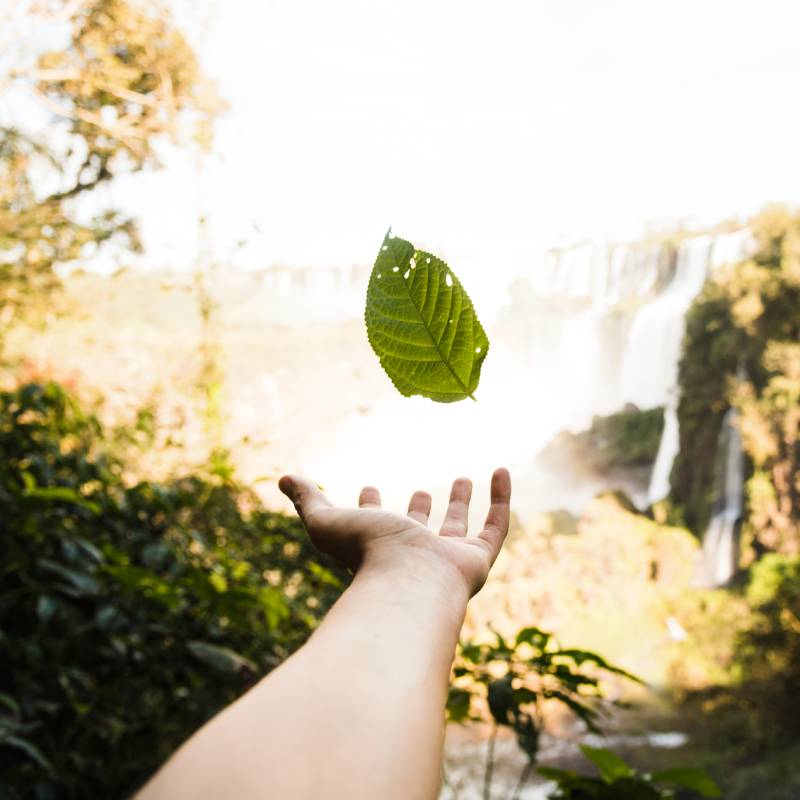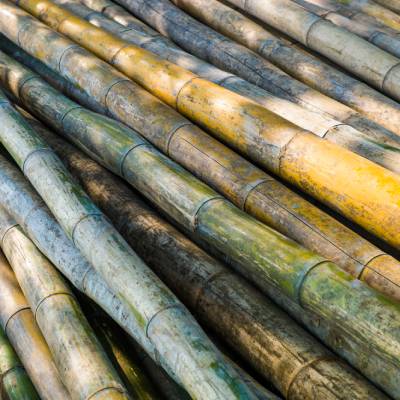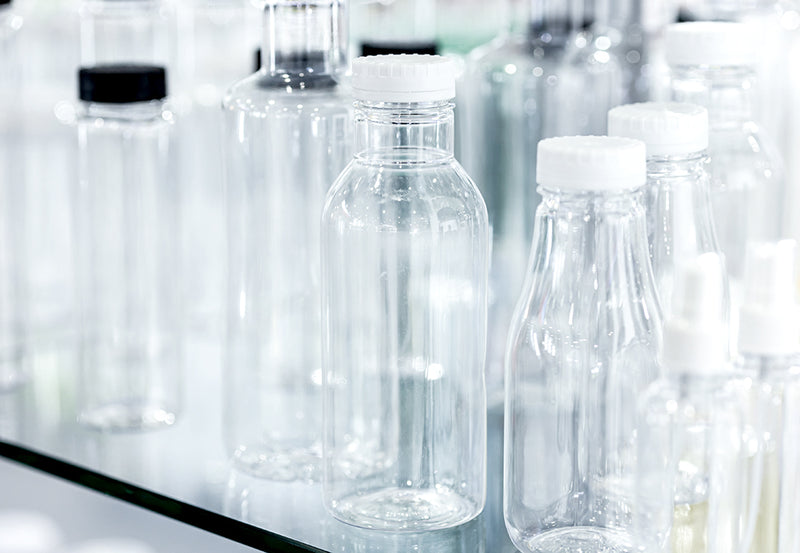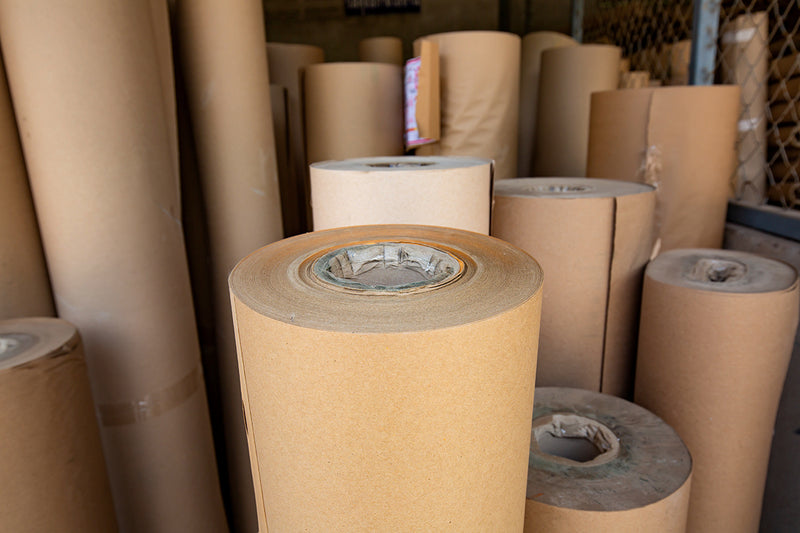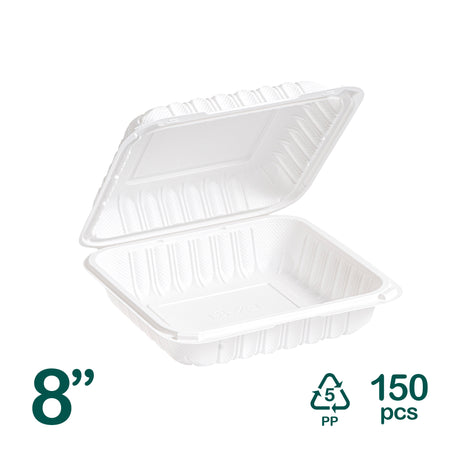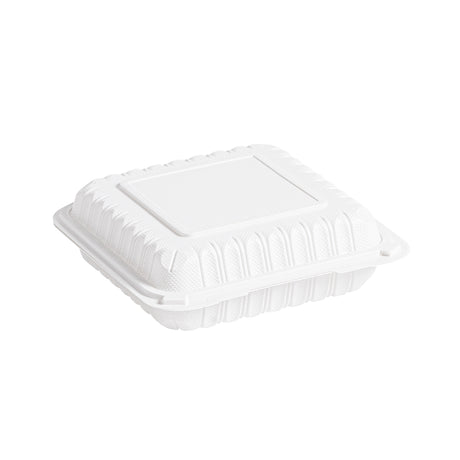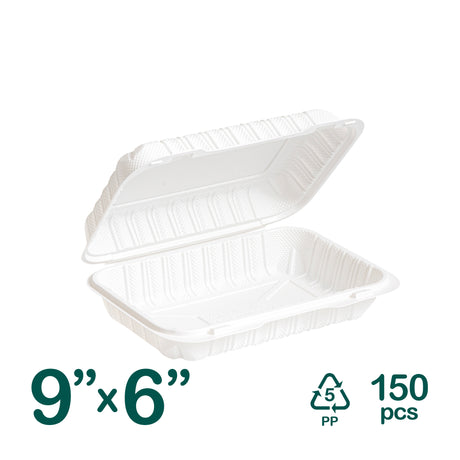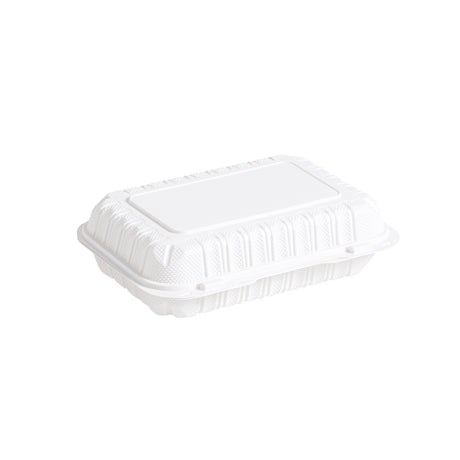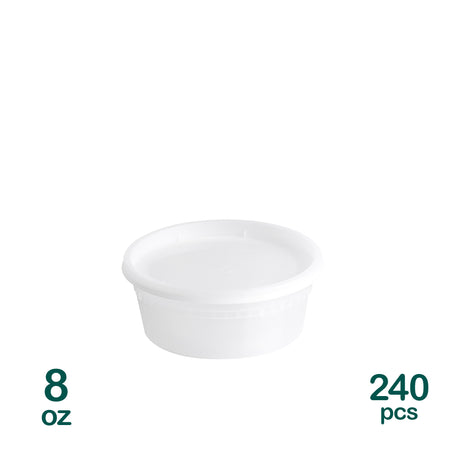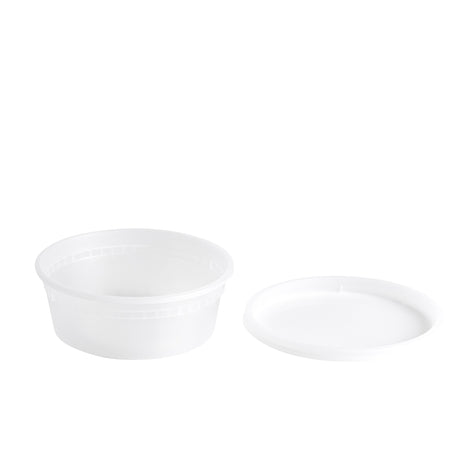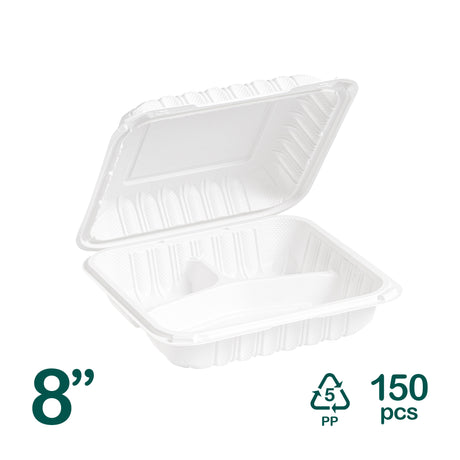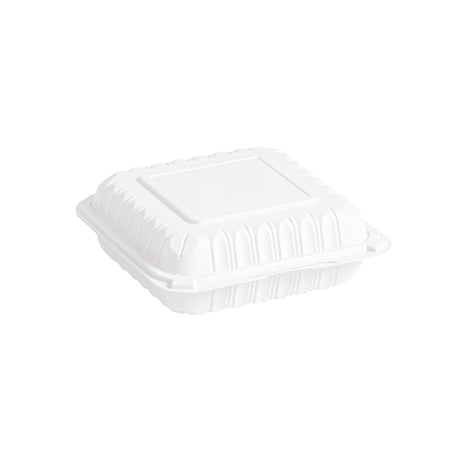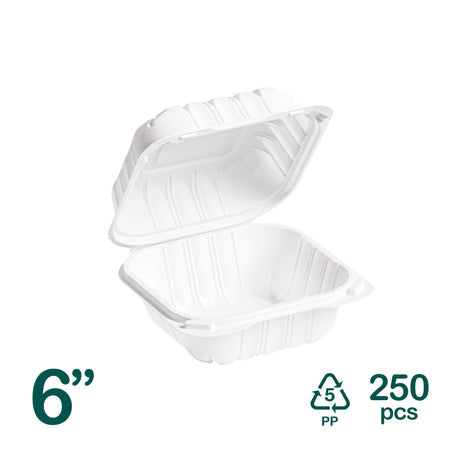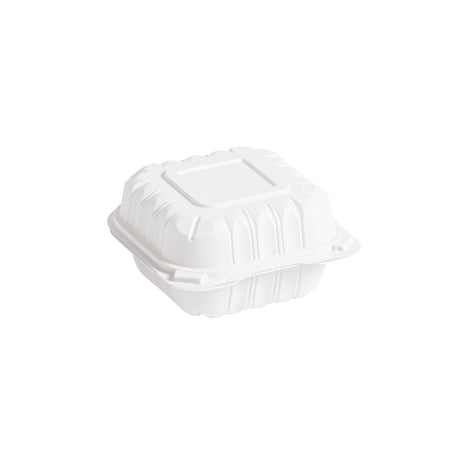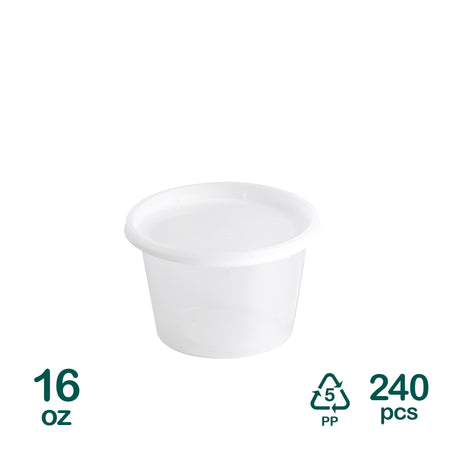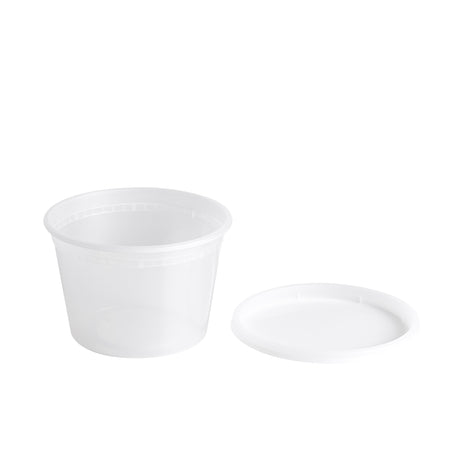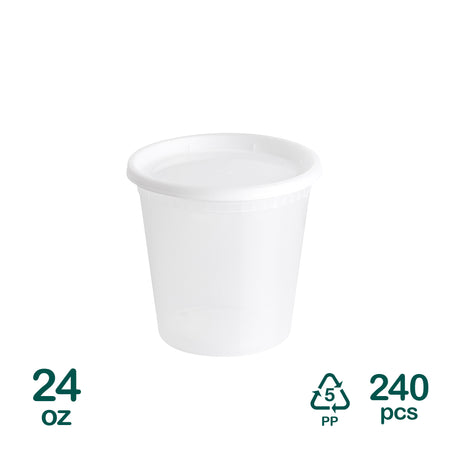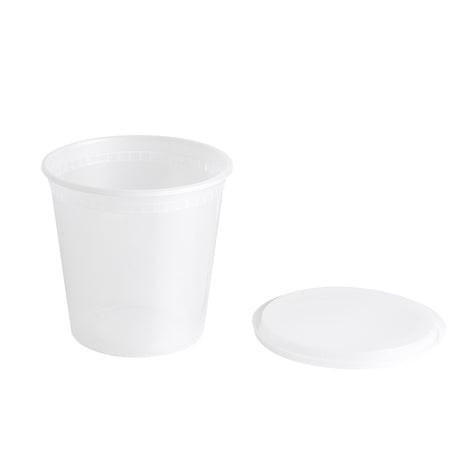Your Material Guide
Not sure what material you should use for your food packaging needs?
In this section, we'll explore the most common materials like plastic, kraft paper, aluminum, and glass. Each material has unique properties tailored to various packaging needs, ensuring your food stays fresh, safe, and convenient.
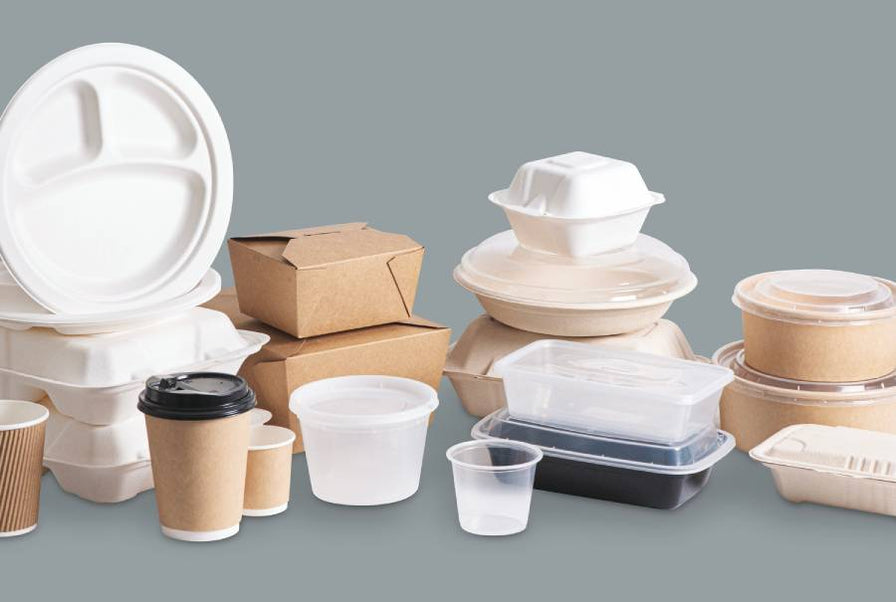
Our Assortment
Our product assortment boasts eco-friendly options crafted from three major materials: bagasse, kraft, and recyclable plastic. Bagasse-based products offer compostable solutions derived from sugarcane fibers, while kraft paper options provide a natural aesthetic ideal for eco-conscious businesses. Additionally, our range of recyclable plastic containers ensures convenience and versatility without compromising sustainability, offering businesses packaging solutions.
Manufacturing for Better
In addition to our current offerings, we are actively collaborating with our manufactures to explore innovative materials that meet market demands. Our goal is to identify and adopt the most efficient, sustainable, and cost-effective solutions, ensuring we stay ahead in providing the best packaging options for our customers.
Frequently Asked Questions
Bagasse
What is bagasse?
What is bagasse?
Bagasse is the dry, pulpy fiber left after crushing sugarcane or sorghum stalks to extract their juice. Bagasse is also ideal for our packaging needs, offering a biodegradable and compostable alternative to traditional materials.
By blending sugarcane pulp with other plant-based fibers, we craft what we affectionately term 'plant fiber.' It’s a highly adaptable, durable, and cost-effective solution. It's no wonder that major restaurant, grocery stores and coffee shops are eagerly embracing it.
Is bagasse renewable?
Is bagasse renewable?
Absolutely! Bagasse is not only renewable but also abundant. Every year, the global sugarcane industry generates millions of tons of bagasse as a by-product of sugar production. This sustainable material represents a significant opportunity for environmentally friendly alternatives in various industries, including food packaging.
Is bagasse microwavable and ovenable?
Is bagasse microwavable and ovenable?
Yes, bagasse is both microwavable and ovenable. It can withstand high temperatures typically encountered in microwave and oven use, making it suitable for heating or reheating food items. However, it's always essential to check the specific temperature limits provided by the manufacturer to ensure safe usage.
How does bagasse compare to traditional plastic in terms of environmental impact?
How does bagasse compare to traditional plastic in terms of environmental impact?
While plastic can take hundreds of years to decompose, bagasse is biodegradable and compostable, breaking down within a few months under proper conditions. This reduces waste and the burden on landfills, making it a sustainable alternative for food packaging.
Kraft & Paper
What is Kraft?
What is Kraft?
Kraft Paper is a particular type of paper developed from pulp. The word "Kraft" means "strong" in German, and this is the trait that makes it so appealing to the packaging manufacturers.
Kraft Paper is produced with raw wood fiber or "virgin" pulp. Kraft paper for packaging has a greater Sulfur percentage than other methods like recycled paperboard or solid bleached sulfate (SBS). The higher Sulfur content does not allow cellulose to degrade and makes the fibers robust.
How does kraft paper keep your crispy fries crunchy, not soggy, during delivery?
How does kraft paper keep your crispy fries crunchy, not soggy, during delivery?
Kraft paper's breathable texture acts like a food whisperer, absorbing excess moisture and ensuring your fries stay perfectly crisp and delicious, even on the go!
Ever wondered why kraft paper has that charmingly rustic look?
Ever wondered why kraft paper has that charmingly rustic look?
That's the magic of kraft paper! Its natural brown colour and earthy texture not only add a touch of rustic charm to your food packaging but also scream eco-friendly, making it the perfect choice for your restaurant's sustainable branding.
Recyclable Plastic
Why is recyclable plastic still a viable choice for food packaging?
Why is recyclable plastic still a viable choice for food packaging?
Recyclable plastic remains a good option for food packaging due to its versatility, durability, and cost-effectiveness. While there are growing environmental concerns about plastic pollution, recyclable plastics can be properly recycled and reused, reducing waste and conserving resources. Additionally, recyclable plastic offers excellent protection for food, extending shelf life and reducing food waste, which is crucial in the restaurant industry.
Is plastic food container microwavable?
Is plastic food container microwavable?
Look for symbols like "microwave-safe" or "microwaveable" on the container or its packaging. Containers made from microwave-safe plastics, such as microwave-safe PP (Polypropylene) or PET (Polyethylene Terephthalate), are generally safe for microwave use.
Why should I keep using plastic food container?
Why should I keep using plastic food container?
Reusability is another compelling reason to continue using plastic containers. Many plastic containers are designed to be durable and reusable, allowing you to use them multiple times before disposal. By reusing plastic containers instead of single-use alternatives, you can reduce waste and minimize environmental impact. Additionally, some plastic containers are specifically labeled as "reusable," encouraging users to wash and reuse them for various purposes, such as meal prep, storage, and organization.
Featured collection
View allDon't miss out!
Stay updated for exclusive deals, new sustainable product launches, and industry news & insights! Stay Eco!

